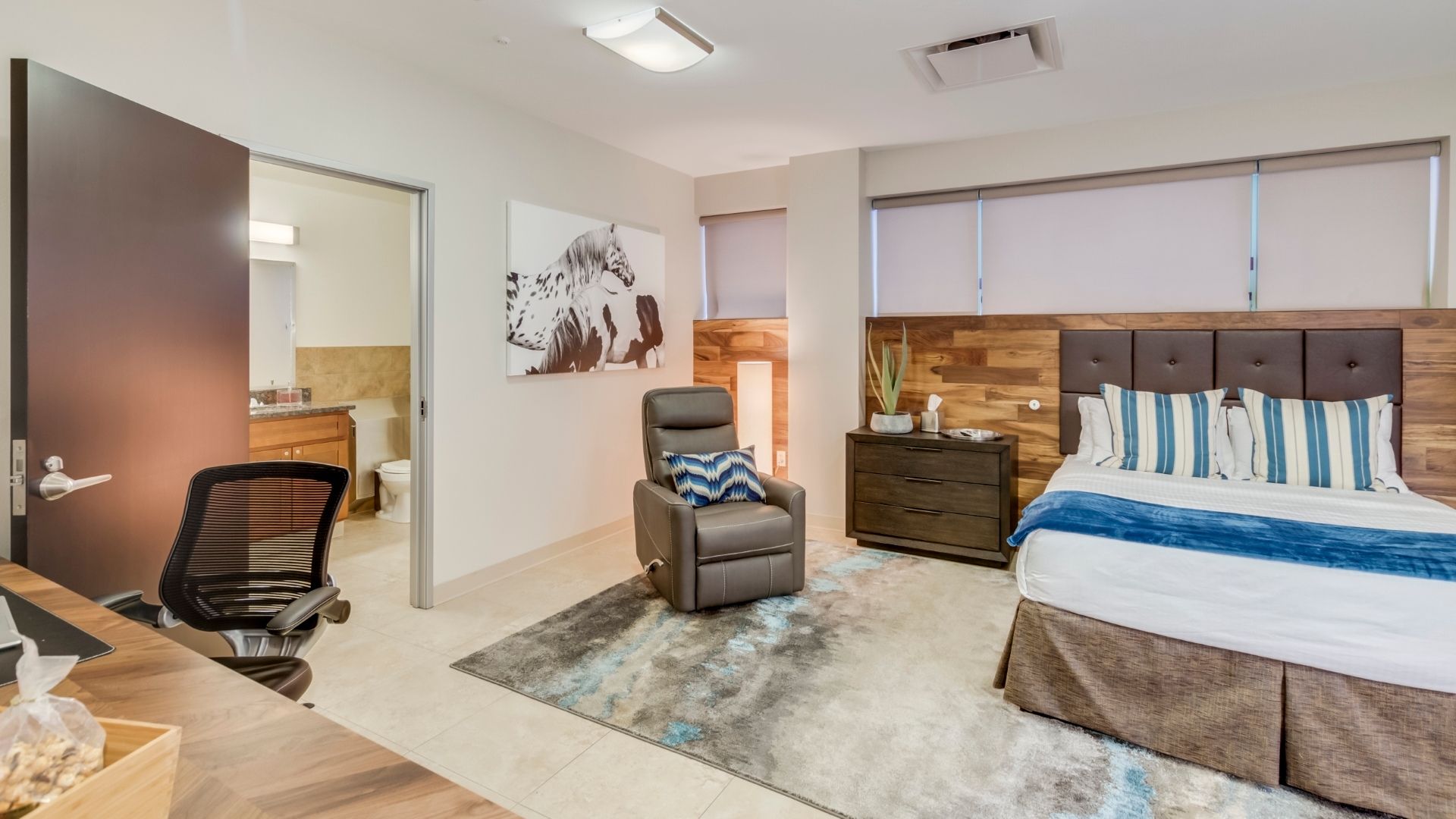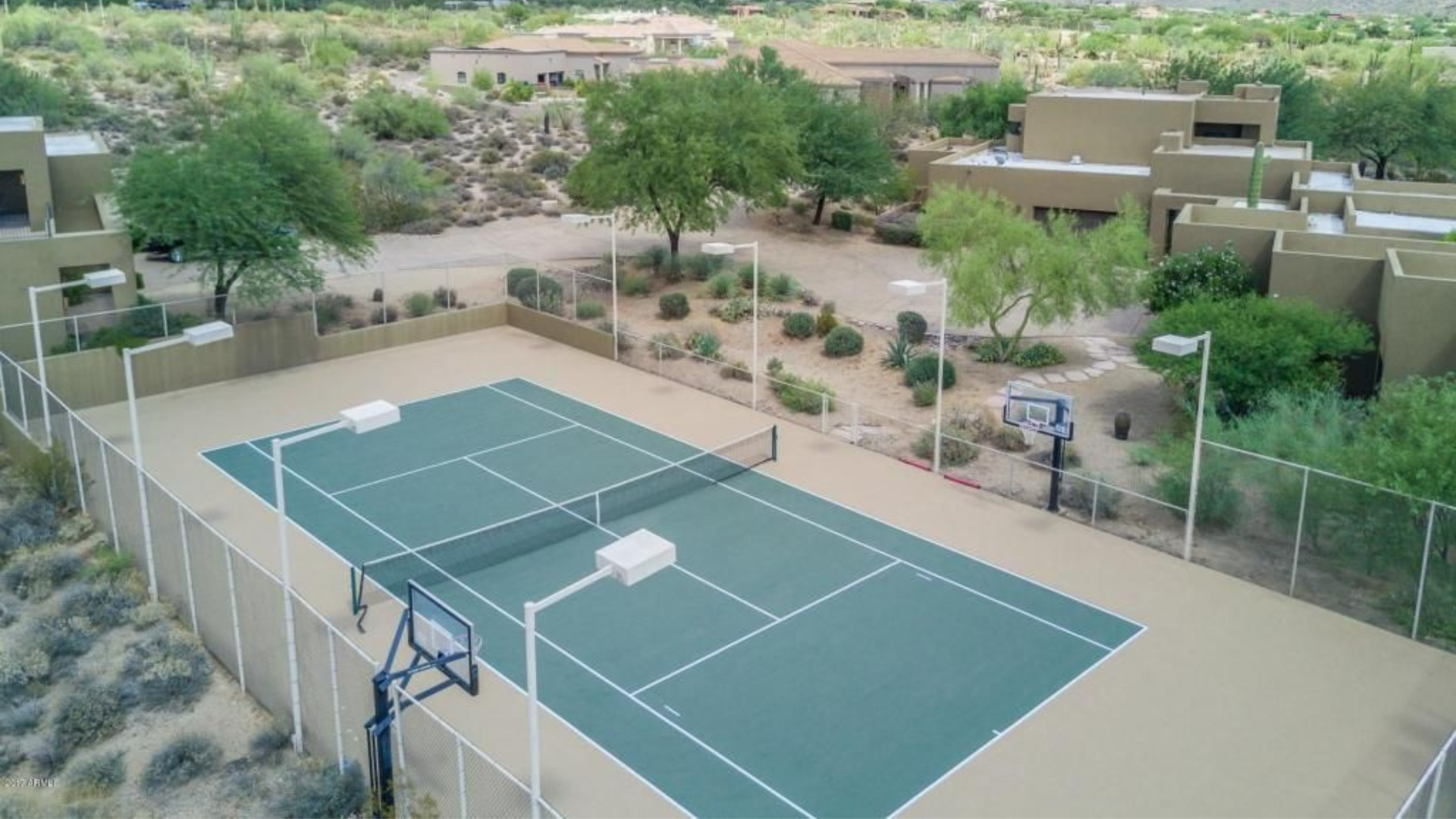The term roofies is a slang word for Rohypnol, a powerful sedative that is often called the “date-rape drug” because of its link to drink spiking and sexual assault. It is illegal in the United States, but still misused in other parts of the world. Understanding roofies is especially important in the United States, where reports of drink spiking and drug-facilitated sexual assault remain significant public safety concerns.
Nearly 1 in 5 women in the U.S. have experienced some form of sexual assault, and many cases involve the use of these substances to incapacitate victims. Being informed can make a critical difference in protecting yourself and others.



